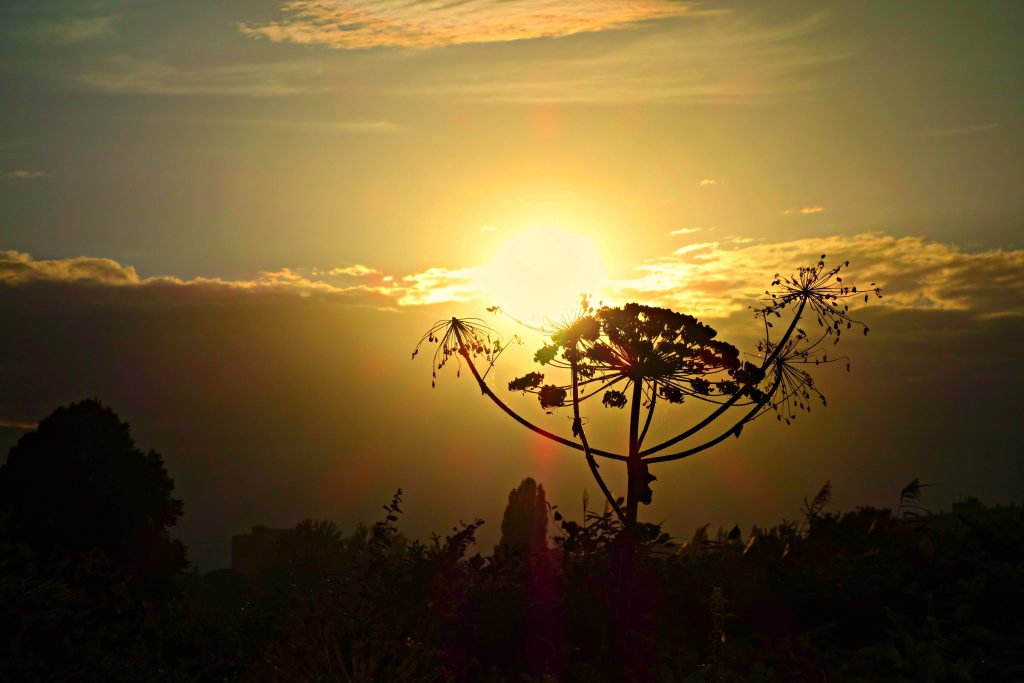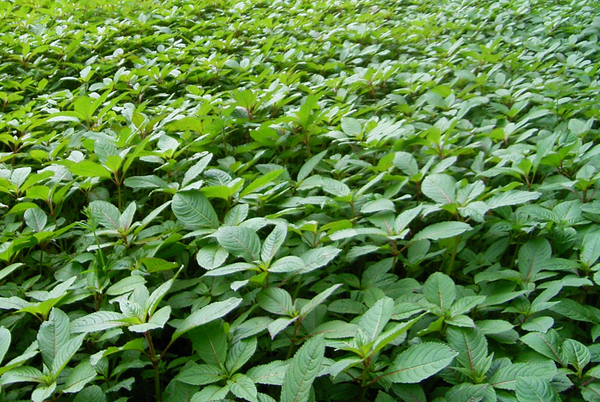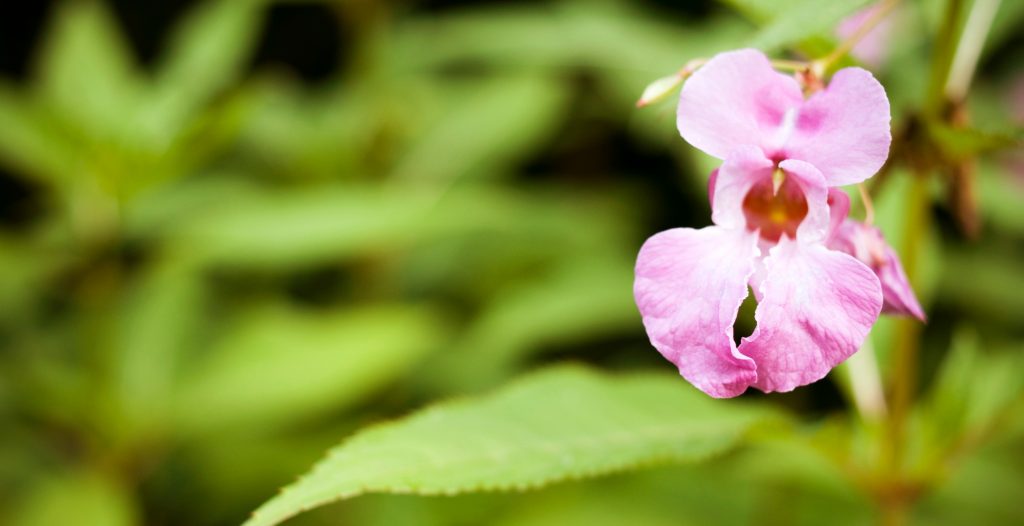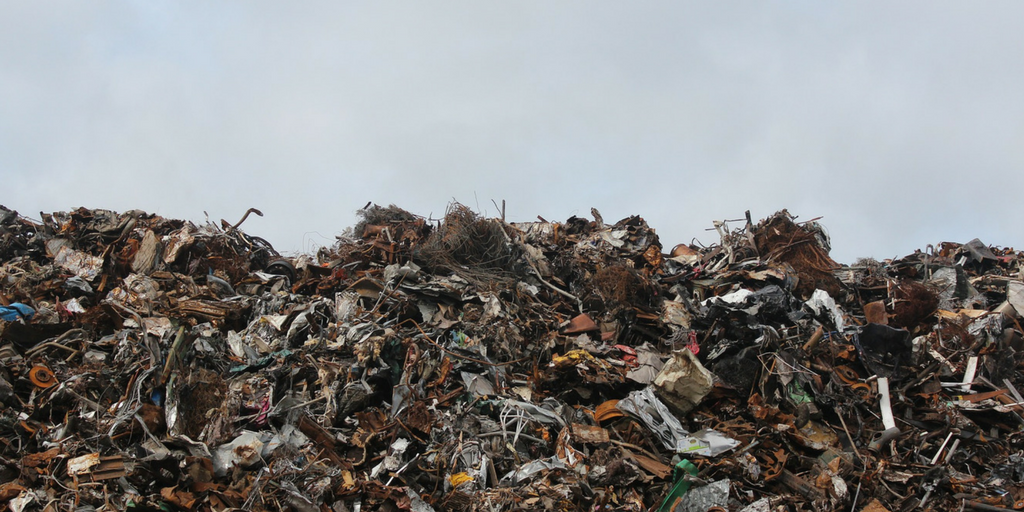Giant Hogweed: Biology, Impacts and Management
Edited by Corin Pratt and Marion Seier. Giant hogweed (Heracleum mantegazzianum) is a monocarpic perennial herb, native to the Caucasus region. Since the late 1800s, giant hogweed has spread extensively across Europe and in eastern and western parts of North America following its likely initial introduction to the continent as an ornamental curiosity as early…
CABI works in partnership to help rid UNESCO Natural World Heritage site Socotra of common pest pear Opuntia stricta
Invasive species experts from CABI have been working in partnership with a range of international organisations, including more than 200 members of a local community and a musical band, to help get rid of the common pest pear Opuntia stricta from the Socotra Archipelago, Yemen.
Why Prosopis no longer ‘pays’ as a prospect for positive environmental and socio-economic productivity
In the late 1970s and early 1980s the group of closely-related woody plant species and hybrids known as Prosopis were seen as a ‘saviour’ for millions of pastoralists and agro-pastoralists in East Africa whose very livelihoods were threatened by the degradation of dryland ecosystems spurred on by overgrazing, and by deforestation and a shortage of…
Protecting Carnaúba Palm Trees in Brazil from Devil’s Claw
Called the “White Forest” by native populations, the Caatinga ecosystem covers an estimated 11% of Brazil and is spread across the states of Alagoas, Bahia, Ceará, northern Minas Gerais, Maranhão Paraíba, Piau, Pernambuco, Rio Grande do Norte and Sergipe. This dry forest is home to the largest populations of Carnaúba palms in the world. It…
Does travel stress strengthen invasiveness?
Research has already shown that invasive species tend to be more tolerant to environmental stress than related non-invasive species. However, a recent study published in Biological Invasions, set out to discover whether this stress tolerance was an inherent trait or whether it was something acquired en route from their natural habitat to the new one.
Himalayan Balsam: Cause or Associate of Soil Erosion?
Himalayan balsam (Impatiens glandulifera) is a non-native annual plant that was introduced into parts of Europe during the mid-nineteenth century as an ornamental plant for parks and gardens. This plant species was first recognised as an invasive species and a threat to ecological stability in the 1930’s. However, since then the problem has escalated and…
No stranger to the Victoria Falls: The fall armyworm marches on menacingly
The town of Livingstone, in the Southern Province of Zambia is world renowned for its magnificent views of the Victoria Falls. Annually, thousands of visitors flock this town to awe at one of the seven natural wonders of the world. A few kilometres away from this picturesque view lies Kazungula, a small border town between…
Could entomopathogenic nematodes combat fall armyworm?
Research is currently underway to study new ways of encapsulating and applying entomopathogenic nematodes (EPN) to better combat the invasive and destructive fall armyworm in Africa. PhD student Patrick Fallet is investigating the possibility of a novel biocontrol approach which will attract the armyworm caterpillars to beads containing biocontrol agents such as the insect-killing EPN.
Invasive species in rubbish dumps: A new challenge for waste management practices?
By Dr Pablo L. Plaza, Dr Karina L. Speziale, and Dr Sergio A. Lambertucci In the current global climate of excess waste production around the world, there is great concern about how waste and dump sites could be a global problem, especially because the amount of global waste is only set to increase in the…
Could invasive plant management prevent the spread of malaria?
CABI scientists have joined an international team of experts who suggest that the large-scale management of a range of some invasive plants could hold the key to reducing the spread of deadly malaria. Dr Arne Witt and Dr Sean Murphy worked with scientists from the University of Illinois, The Ohio State University and the Fundación…






